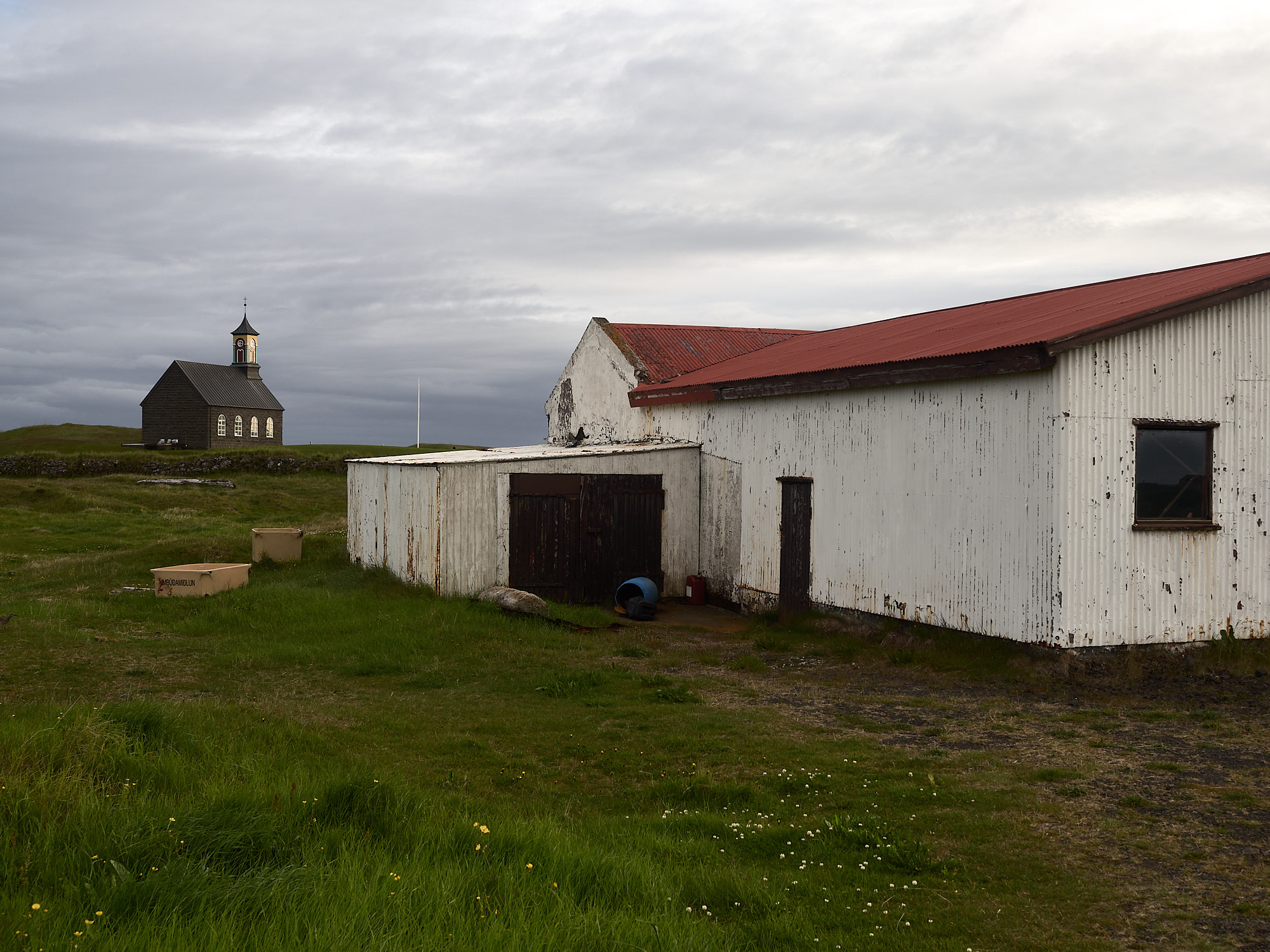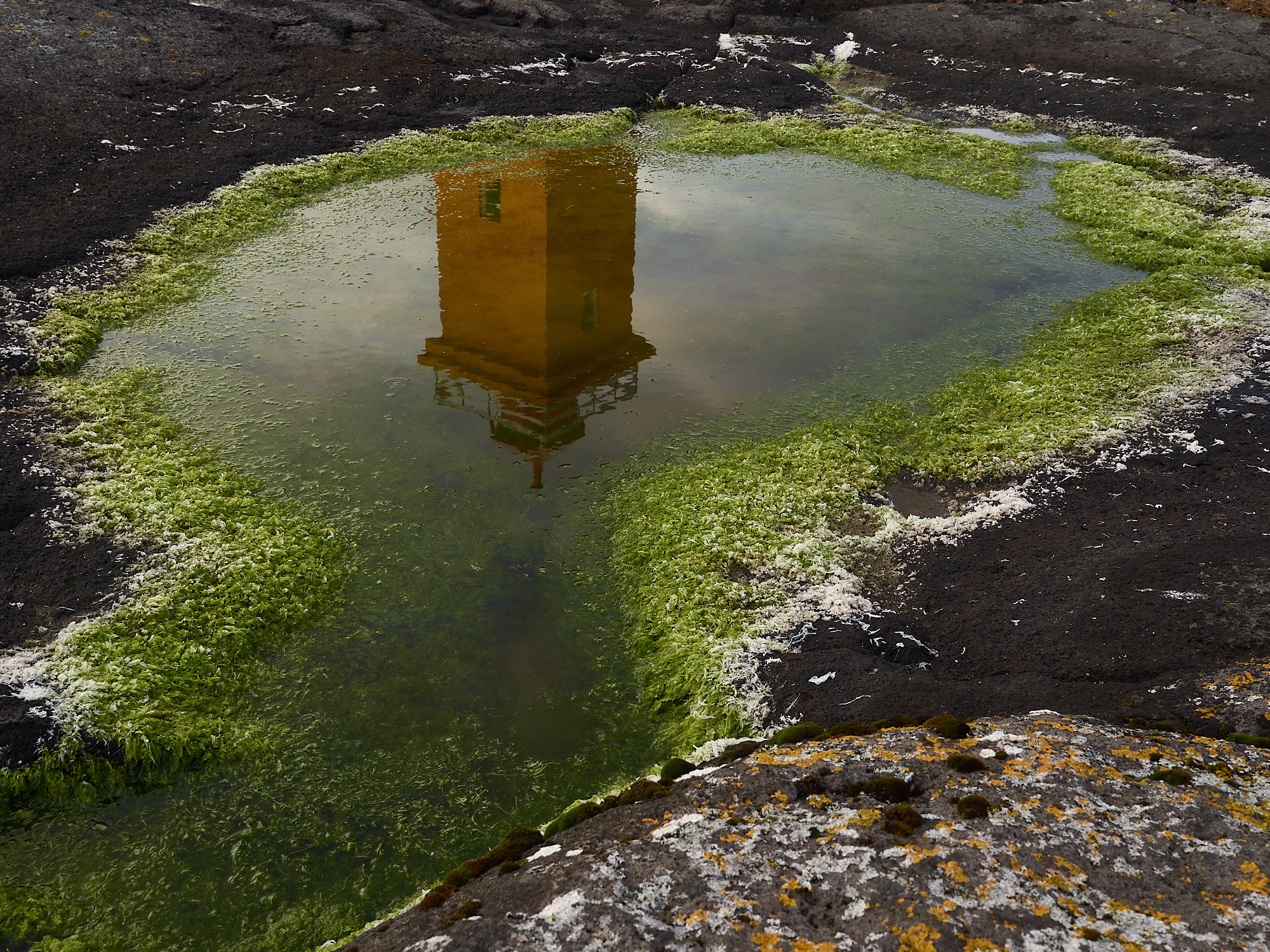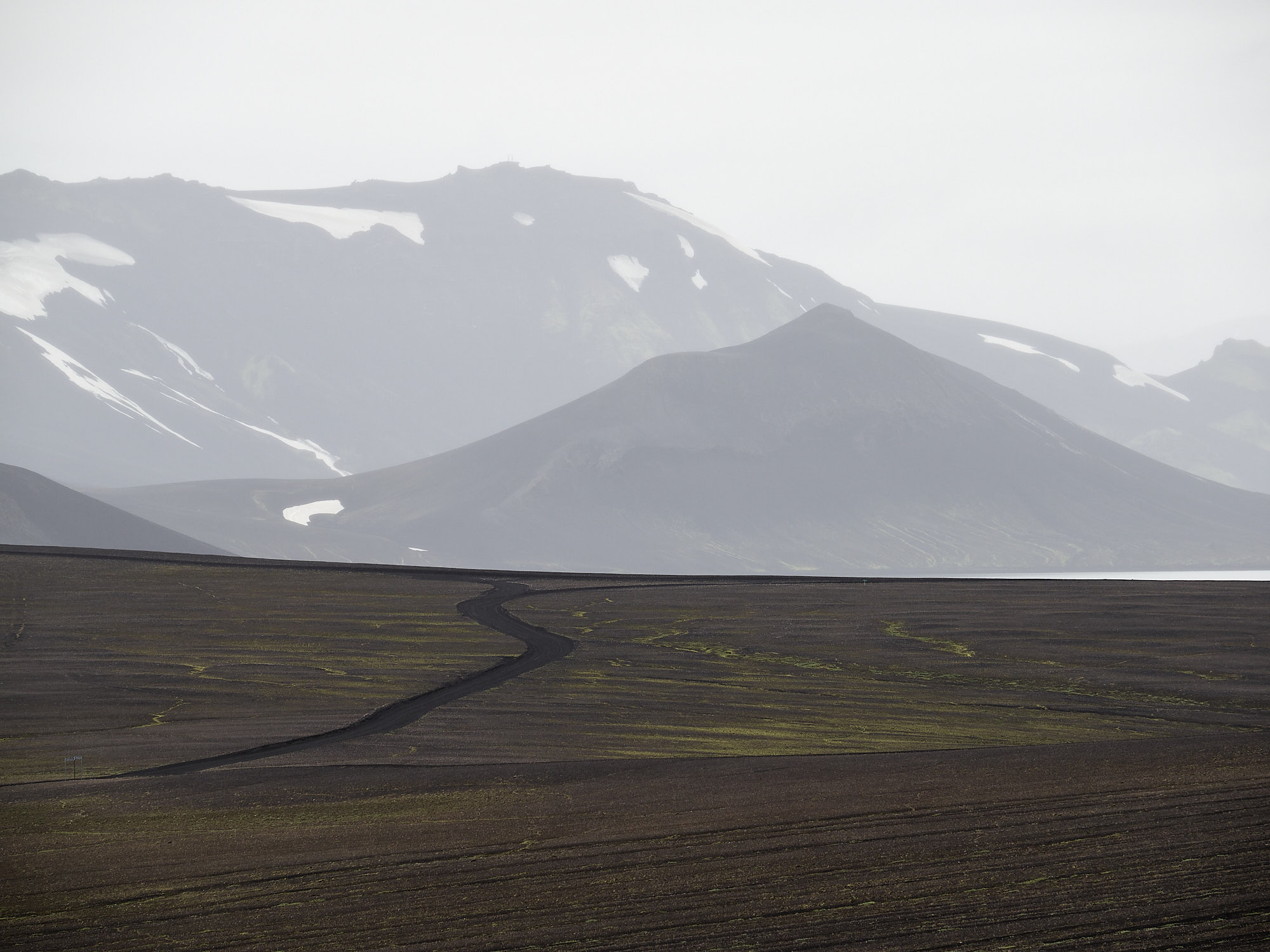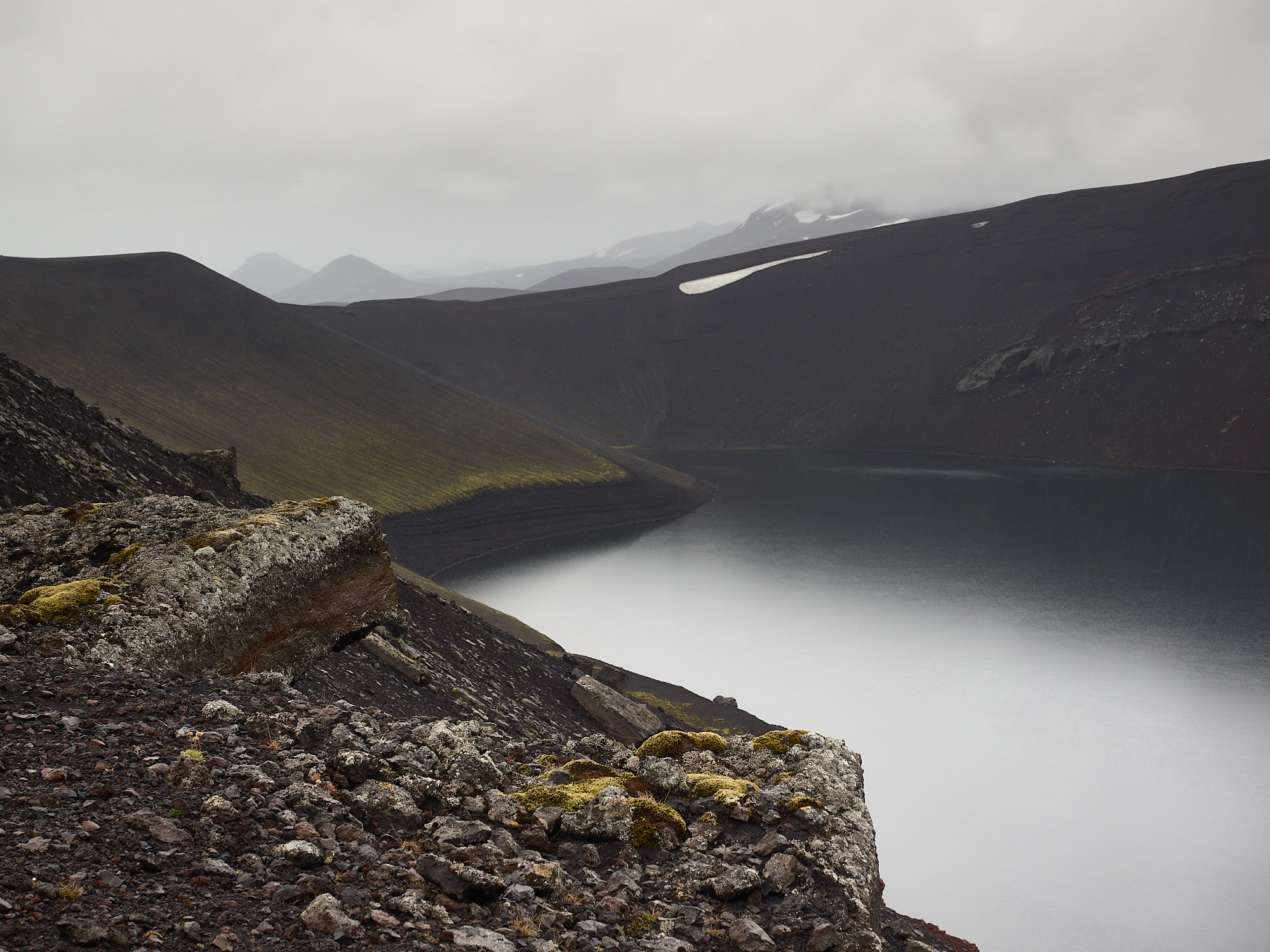Colour is a funny thing. Online forums and photo geek sites are full of self-appointed experts droning on about “color science” and generally talking total rubbish. For a start colour perception is both physically and culturally subjective. Our eyes are all slightly different, and our brains process signals in slightly different ways. The naming of colours is subjective in various ways. What I call dark orange somebody else might call red. And the colour I see with my eyes is often different to the colour I see on my camera or computer screen. And let’s not even get into prints.
So, buying a Hasselblad X1DII because it captures “more accurate colour” was possibly not the best idea I’ve ever had. Of course, Hasselblad has its vaunted “Hasselblad Natural Colour Solution”, which “was developed for serious users who demand the utmost colour accuracy”. But accurate in which sense? Maybe to a reference colour chart, which is all well and good, but it doesn’t help me much if I’m partially colour blind (I don’t believe I am, but who knows?)
Generally I don’t have too much issue with colour accuracy. In fact I’m more concerned with colour gradation. But there is one area which has always intrigued me, which is how cameras see flower colour.
Way back I had big issues trying to photograph poppies with my Olympus E-1, reported in one of my earlier posts on this site. Over time I’ve noticed that colours that to me visually are in the pink to magenta range come out blue. Some shades of yellow, such as wild primula, come out almost white.
So, I thought I’d do a little test on my thriving wisteria. To my eyes, the flowers are shades of lilac and purple, with some white and yellow tints. But on screen, in photographs they tend to come out more blue. So, I thought I’d see what the Hasselblad Natural Colour Solution would make of this. I lined the X1DII up on a firm tripod, then switching it for the 3 other cameras I use, the Olympus OM-D E-M1 Mk3, the Ricoh GR II, and the Sigma dp0. I used the 45mm f/3.5 lens on the X1DII, and the 17mm f/1.2 on the Olympus, these both closely approximating 35mm in reference terms. The GR has a fixed lens approximating 28mm, and the Sigma’s lens approximates 21mm. I’m only really interested in colour here. So, I loaded all 4 into CaptureOne, with minimal processing (the Sigma and Hasselblad images were converted to 16 bit TIFF via their respective proprietary applications. For the Ricoh and Sigma I tweaked zoom levels to get a rough match.

Top row: Ricoh, Sigma. Bottom row: Olympus, Hasselblad
Well, the results are a bit disturbing. Of course you can’t really see a lot here, but from my subjective standpoint the best of the bunch at rendering the flower colours is actually the Olympus. The Hasselblad is close, but particularly in lighter areas in shifts towards blue (see on the left, and top right). The Ricoh is not bad, but a little under-saturated. The Sigma is in a world of its own, although if you look a detail rather than colour, it makes things a little awkward for the Hasselblad.
Maybe my eye/brain combination has some trouble distinguishing certain shades of blue? I don’t know, but on this unscientific and very specific sample, the Hasselblad Natural Colour Solution doesn’t score a home run.













